Cambodia’s genocide: what I never learned in school
Walking through one field (of over 200) where 20,000 people were violently murdered, I wondered why this wasn’t taught in history class.
On a sunny January day, my family visited two of the must-sees in Cambodia:
- the Choeung Ek Genocidal Center, most commonly known as the Killing Fields, and
- the Tuol Sleng Genocide Museum, typically referred to as S-21 Prison.
The night before, I watched the Netflix original First they Killed My Father. It gave me the background on the Cambodian genocide that I had never learned in school.
Pol Pot and Cambodia’s genocide
Between the years 1975 and 1979, between 2 and 3 million people– roughly a quarter of the total population — were murdered or died of starvation in Cambodia. The master of this mass murder: Communist-Socialist dictator Pol Pot, who dreamed of a self-sufficient society with ideals of hard work and equality.
Unlike most genocides which are typically rooted in differences in religion or ethnicity, Pol Pot’s genocide was different. It was a genocide of Cambodians killing Cambodians. It has been called the greatest anti-intellectual movement ever.
Pol Pot’s Year Zero plan
To reach Pol Pot’s dream of “Year Zero,” he imposed the killing of anyone educated, including people who worked for the government, teachers, doctors, business owners, musicians, artists, and even anyone who wore glasses. Pol Pot considered educated city dwellers as the root of all evil. Pol Pot’s Year Zero utopia was to create a total agrarian society of peasant rice-farmers. No one else was necessary.
In addition to killing off those with skills or knowledge beyond rice farming, Pol Pot also abolished all other institutions. He abolished commerce, education, religion, even families. In his Year Zero, the only institution was Angkar, or the “organization.”
Mass murder at the Killing Fields
Eventually, the killings expanded to anyone guilty of petty crimes. These “crimes” included eating bugs or frogs in the fields to avoid starvation. The farmers worked 16 hours per day with only a few grains of rice as a meal. No supplemental food was allowed regardless of the source.
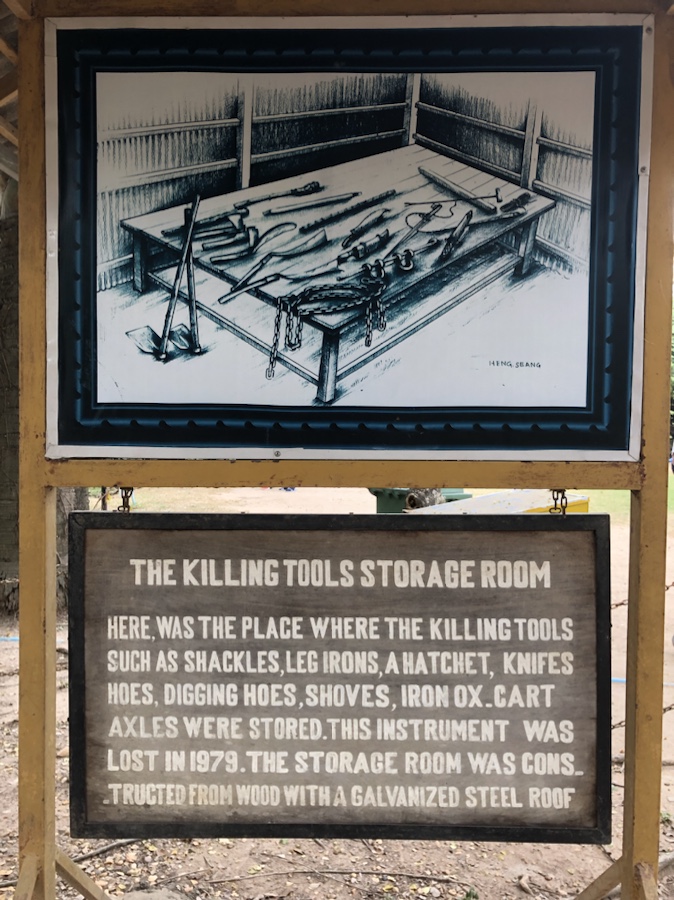
Most of the murders were not carried out with bullets, for they were too expensive. People were killed in the most gruesome ways: hatchets, shovels, hoes, and other excruciating, torturous methods that saved money for Pol Pot’s regime.
Even babies were murdered because they were too young to work. In those instances, the Khmer Rouge soldiers grabbed the children by the ankles and slammed them against a tree to smash their skulls. Their horrified mothers were often forced to watch.
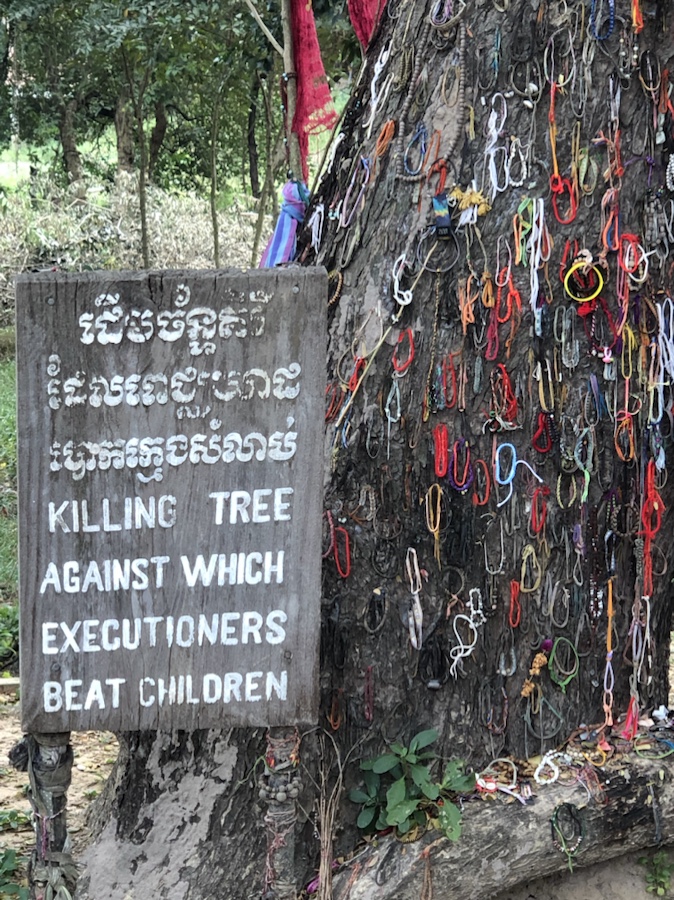
Torture at S-21 Prison
By 1979 many people who were still alive were imprisoned with little to no chance of survival. The Khmer Rouge soldiers tortured prisoners by pulling out their toenails, cutting off their ears, electrocuting them, etc. until they confessed to “crimes” that, generally, they had not even committed. People confessed to make the torture stop. Once they confessed, they were sent to the Killing Fields for execution.
Being sent to S-21 prison (a former school turned into a prison by the Khmer Rouge) was a near-certain death sentence. Of 16,000 prisoners in the S-21 Prison, between 7 and 14 people survived (accounts vary a little on this number).
Today this house of horrors is the Tuol Sleng Genocide Museum.
Meet two survivors of S-21 prison
On our visit we were lucky enough to meet two survivors who are still alive. Their survival was no accident.
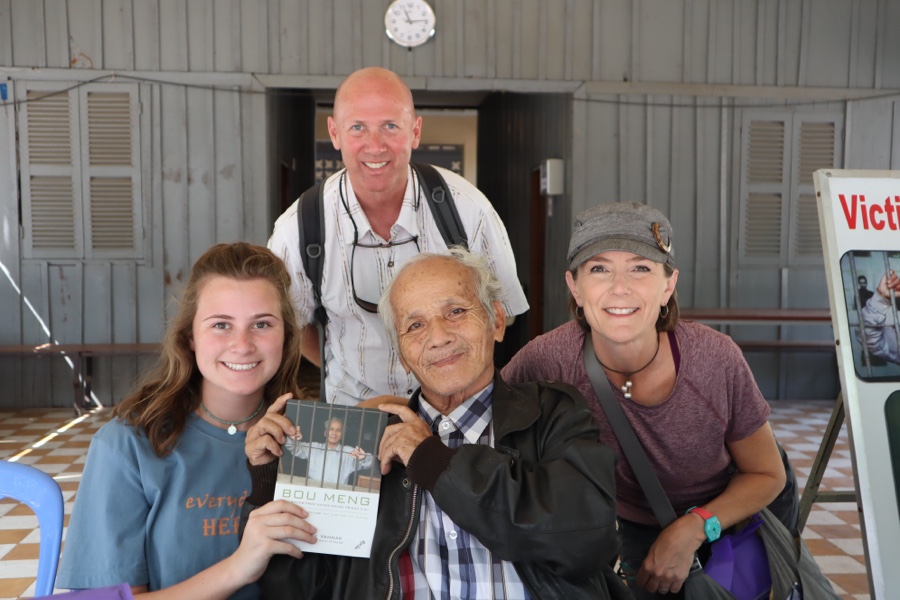

Bou Meng (now 78), an artist, was kept alive thanks to his ability to create realistic portraits of Pol Pot. Other artists had been executed when given the same task and their abilities were not up to par.
The other survivor, Chum Mey (now 88), survived due to his skills as a mechanic. He could fix typewriters, sewing machines, and other machines essential to the Khmer Rouge generals. Mey says that his own survival amazes him–he does not understand why he was so lucky when so many had tragic fates.
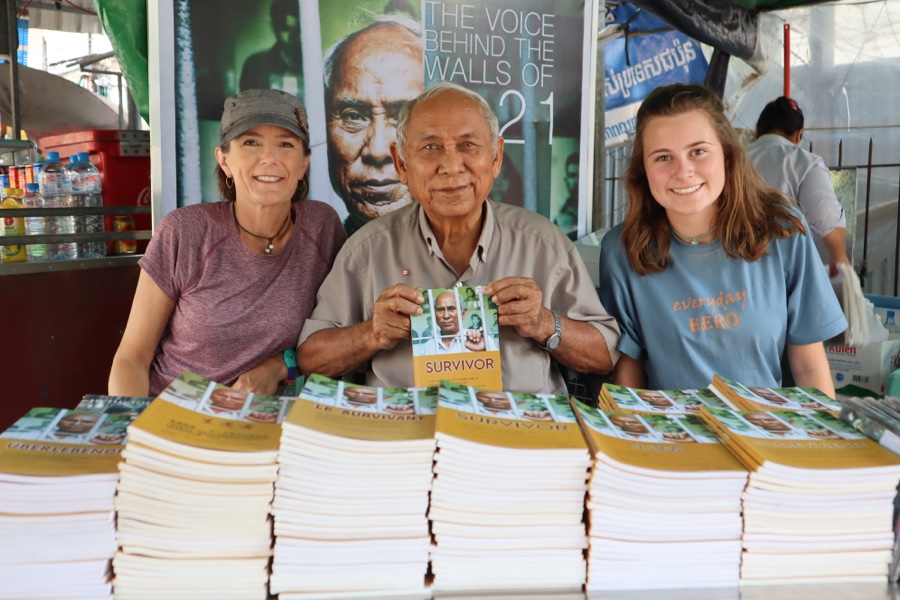
Sadly, although both Meng and Mey survived unlikely odds, their wives and children did not. The Khmer Rouge tortured and murdered their wives in the Killing Fields, and their children died of starvation.
The fall of Pol Pot and the Khmer Rouge
On December 25th of 1978, Vietnam launched a full-scale invasion of Cambodia, and on January 7th the following year, the capitol Phnom Penh fell, and Pol Pot was overthrown.
During these nightmarish four years, a quarter of the population died. A nation was left in ruins with a monumental task ahead:
to rebuild a functioning society without a significant portion of their educated, skilled citizens to help.
Where does a country even begin?
Cambodia today
Every Cambodian today has been directly affected in some way, whether they lost grandparents or had parents survive that can share their horror stories. There is not a single person in Cambodia today without a story to tell.
Yet, after my time spent learning about this tragic piece of history, I was left with a two questions:
- How could something so recent, so widespread and so terrible not be taught in my history classes? We spend months on the Holocaust year after year, but Cambodia’s genocide barely gets a day. Both are equally horrific, as are other recent genocides.
- How are the people of Cambodia some of the nicest, most joyful people I’ve ever met, when the majority have lost grandparents, parents, siblings, and friends under horrific circumstances not even 50 years ago?
To learn more about Pol Pot, the Khmer Rouge, and Cambodia’s genocide
What can we do today? As Mr. Mey instructed his audience of international visitors, we must continue to tell their story. We cannot allow future generations to grow up ignorant of this atrocity of humanity.
If you would like to know more about Cambodia’s past, here are a few suggestions:
- Visit Cambodia! There is no greater teacher than experience. Go learn first-hand about these beautiful people with such an ugly history.
- Read First They Killed My Father by Loung Ung, and Never Fall Down by Patricia McCormick.
- If you’re not much of a reader, then be sure to watch First They Killed My Father on Netflix.
Do you think this dark piece of history should be taught in Western schools? Please comment below!
Ready to explore the world? Then check out THE PASSPORT PROJECT and THE ULTIMATE TRAVEL TRACKER to inspire and manage your wanderlust.


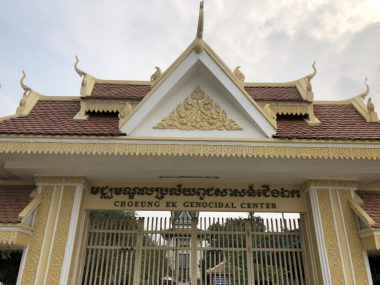
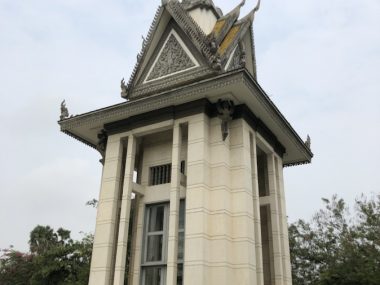
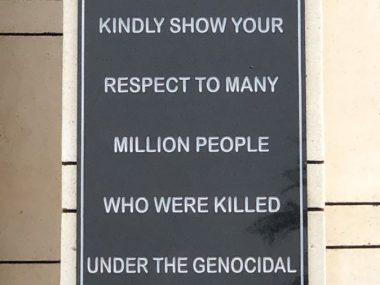
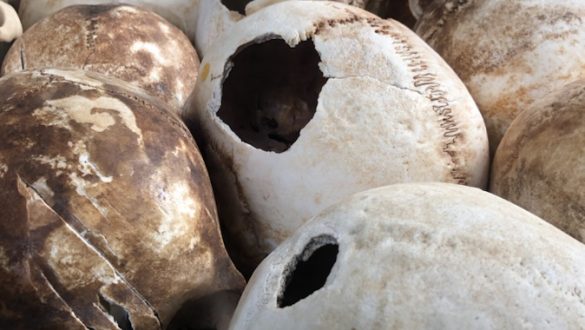
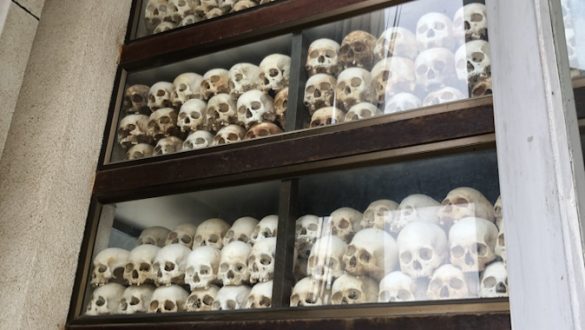
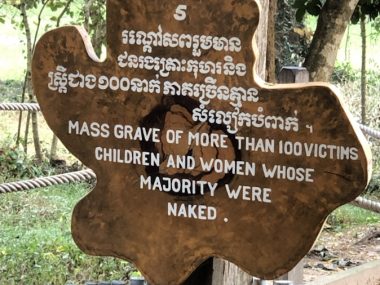
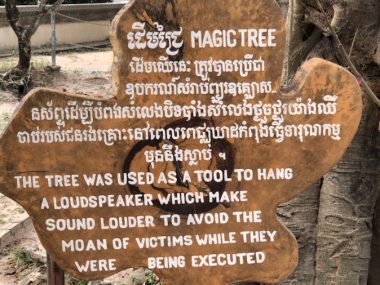
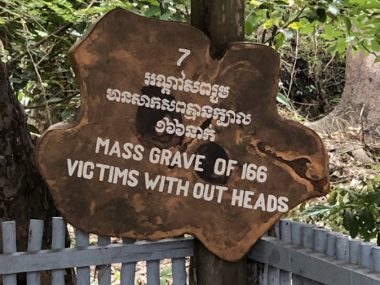
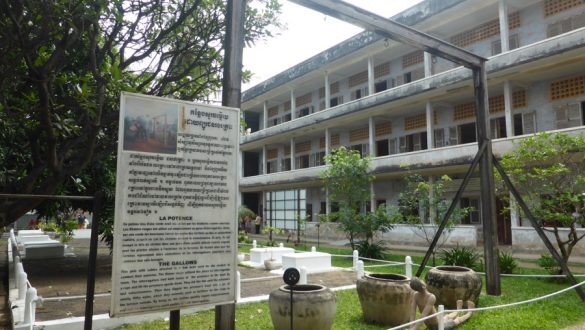
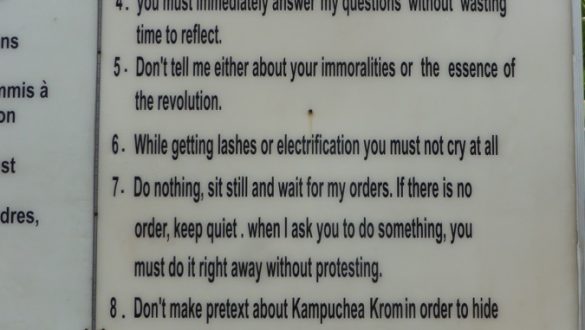
[…] as part of a team, there are just as many life lessons that can only be learned outside of your country and culture. Family travel is the greatest teacher of these life […]
[…] the Southeast Asian refugee crisis. It never aired. Apparently, the producers didn’t think Pol Pot’s genocide was a suitable topic for other 9 year […]
Such an incomprehensible tragedy…can’t believe I knew so little about it. We definitely need to change the curriculum! Xx
[…] cities and towns in Southeast Asia, including traveler favorites: Hoi An (Vietnam), Siem Reap (Cambodia), and Chiang Mai (Thailand). But with its chilled out vibe, beautiful architecture, and plenty of […]
[…] Under Pol Pot’s evil reign, two million Khmer died, […]